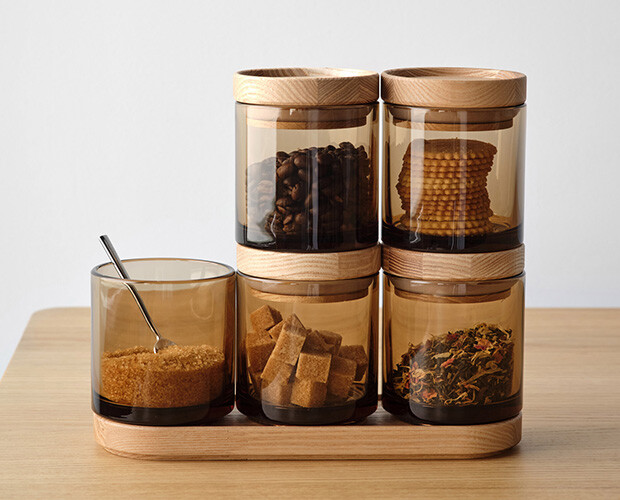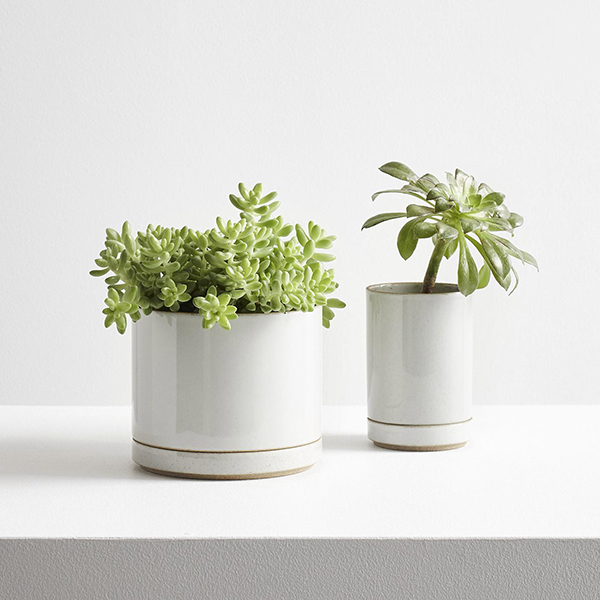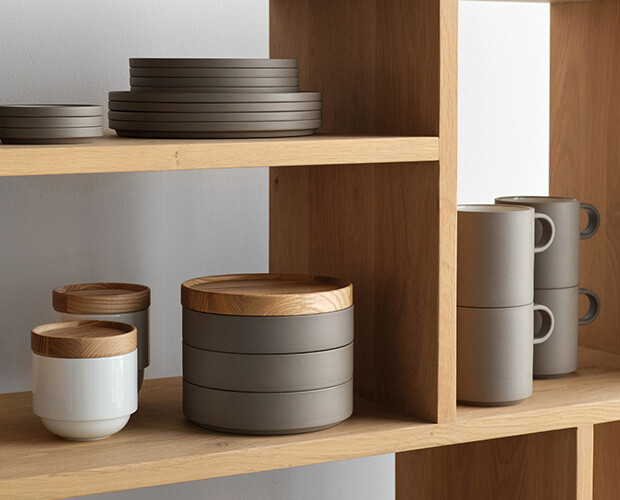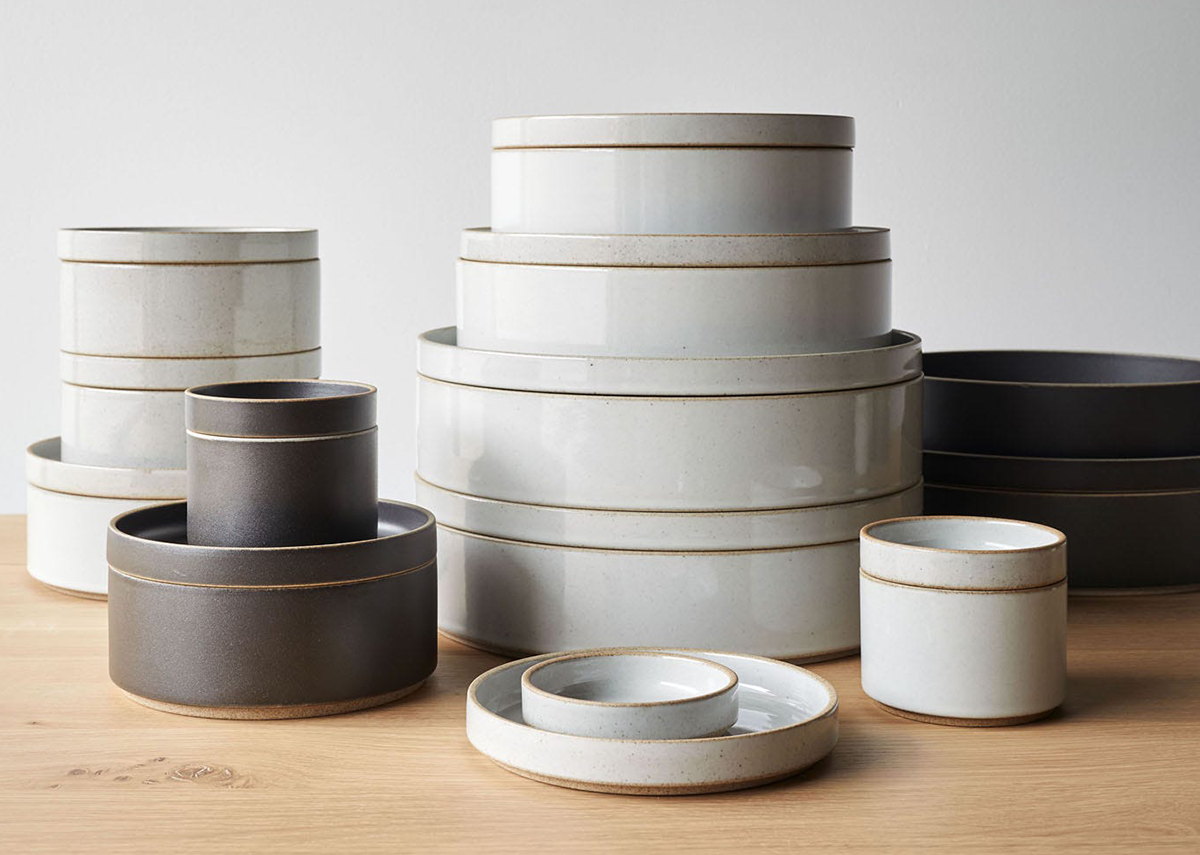The Hasami Dinnerware Collection originates from the town of Hasami in Nagasaki Prefecture, one of the most prominent pottery districts in Japan. For more than 400 years, beginning during the Edo period, craftspeople in Hasami have been making porcelainware. At that time, a system was created by the Hasami artisans that allowed them to mass produce their porcelain products, making them affordable and consistent in quality.
During the Edo period, Hasami Porcelain was first distributed throughout Japan and Europe through the nearby port of Nagasaki. Today, the fine craftsmanship has crossed even more borders. We have partnered with Hasami Porcelain, designed by Takuhiro Shinomoto of Tortoise in Venice, California, to bring you a new vision of the tableware.

At Unison, our range of Hasami pieces features the Gloss Gray and Black dinnerware collections, as well as the Ash White and Dark Gray plates and bowls from the minimalist Hasami Grey Collection. To complement the dinnerware, we also offer a full range of timeless pieces including: mugs, coffee and tea accessories, serve bowls and planter sets.
With the plates and bowls available in a 3.5”, 5.5”, 7.5”, 8.5” and 10” diameter, there is a size suited for every meal. The range of sizes available allows the plates to also function as a lid, coaster or tray when needed. Or choose the Hasami Ash Wood Trays for a mixed material approach to covering the bowls.

The Hasami plates and bowls look so beautiful when stacked, you may even consider storing them on view in a cabinet or on a shelf. In fact, all sizes of the bowls, plates, mugs and drinkware are able to nest, providing for ease while serving and efficient storage. The inspiration behind Hasami Porcelain’s stacking concept comes from traditional Japanese tiered food-storage boxes, Jūbako. This design approach is on full display when pairing the Hasami Glass Tumbler with the wood lid with gasket.

You’ll notice each Hasami piece has an organic look which stems from traditional Japanese manufacturing techniques. In Japan, the methodology has been efficient and collaborative: Each product is passed onto different craftsmen in various parts of the village to undergo a specific step of handwork until the product is completed. Craftsmen are skilled in their own specialized roles, such as soil and stone mixing, product molding, glazing, and kiln maintenance during firing. They each contribute in their own way to create a piece that is naturally different from all the rest.

Takuhiro Shinomoto draws from that “many hands” approach to achieve the same organic result. He produces each piece using several different kilns. The stackable, single module set of ceramicware with straight clean lines requires extreme precision. He’s developed a way to shrink them in kilns so precisely that they still fit together as one piece when they’re done being fired.
What you get in the end is timeless design and functionality — a crossroads that we’ve long been drawn to here at Unison. Because they were made using traditional glazing techniques with a proprietary blend of stone and clay materials, the feel and look is altogether natural.

We encourage you to explore the whole Hasami Collection and imagine the possibilities. These pieces have made quite the journey to get to you, starting 400 years ago in a mountainside Japanese town. And we know when they enter your modern space, they’ll be there to stay.



